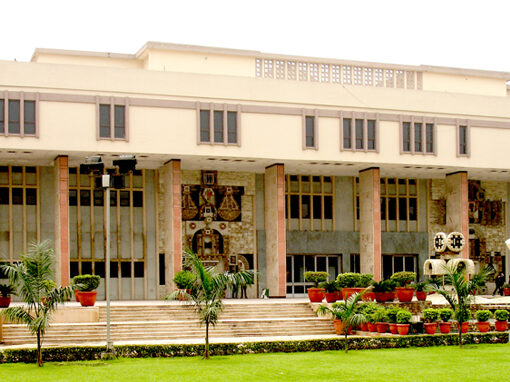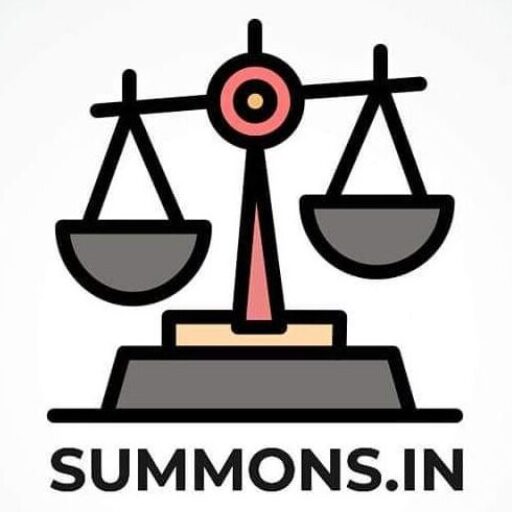
Judgment dated:- 03.03.2025
In the case, Kiranakart Technologies Pvt. Ltd. v. Mohammad Arshad & Anr., a rectification petition was filed under Sections 47 and 57 of the Trade Marks Act, 1999, seeking removal of the trademark ZEPTO (Reg. No. 2773519, Class 35) registered in the name of Respondent No.1. The petitioner, a leading quick-commerce startup, alleged non-use of the mark and its wrongful retention on the Register of Trade Marks.
1. Non-Use of the Registered Trademark – Section 47(1)(b)
One of the primary grounds for rectification was the non-use of the impugned mark for a continuous period of at least five years, as required under Section 47(1)(b) of the Trade Marks Act, 1999. The court relied on precedents like:
– DORCO Co. Ltd. v. Durga Enterprises, 2023 SCC OnLine Del 1484, where it was held that failure to contest non-use allegations may result in cancellation.
– Russell Corp Australia Pty Ltd. v. Shri Ashok Mahajan, 2023 SCC OnLine Del 4796, which reaffirmed that a trademark must be used genuinely in the class of goods/services registered.
In this case, the respondent failed to file a reply, and an independent investigator’s affidavit confirmed that the mark ZEPTO was never commercially used in Class 35 (advertising, import/export, retail, etc.). The court deemed this as an implicit admission of non-use, leading to cancellation.
2. Bad Faith and Trademark Hoarding
The petitioner argued that the respondent’s opposition to their pending ZEPTO mark application (Class 35) was frivolous and intended solely to delay and obstruct registration. Furthermore, the respondent approached the petitioner for settlement but allegedly demanded money, suggesting an attempt to extort financial gain rather than genuine use of the trademark. Courts have consistently held that mere ownership of a trademark without intent to use constitutes bad faith (e.g., Shell Transource Ltd. v. Shell International Petroleum Company Ltd., 2012 SCC IPAB 29).
3. The Burden of Proof in Rectification Petitions
The onus of proving non-use lies on the petitioner. However, once a prima facie case is made, the burden shifts to the respondent to provide evidence of commercial use. Since the respondent remained absent and did not contest the allegations, the court treated the petitioner’s claims as admitted, in line with principles of procedural law.
4. The Court’s Decision and its Implications
The Delhi High Court ordered removal of the mark ZEPTO (Reg. No. 2773519, Class 35) from the Register of Trade Marks, directing the Trade Marks Registry to comply. This judgment reinforces:
– The strict enforcement of use-it-or-lose-it principles under Section 47.
– The court’s zero tolerance for trademark hoarding and vexatious litigation aimed at obstructing genuine businesses.
– The importance of filing timely responses in trademark disputes, as non-contestation may lead to adverse rulings.
Conclusion:
This ruling is significant for brand owners and startups, emphasizing the need to actively use trademarks in registered classes. It also warns against frivolous opposition and trademark hoarding, ensuring that IP law protects legitimate commercial interests rather than speculative registrations.
#TrademarkLaw #IntellectualProperty #IPR #DelhiHighCourt #BrandProtection #ZeptoCase #LegalUpdate #StartupLaw #TrademarkDispute #TradeMarksAct #CorporateLaw #ECommerceLaw #lexeagle #neeraj #neerajgogia #highcourt #law #legal #court #delhi #newdelhi
